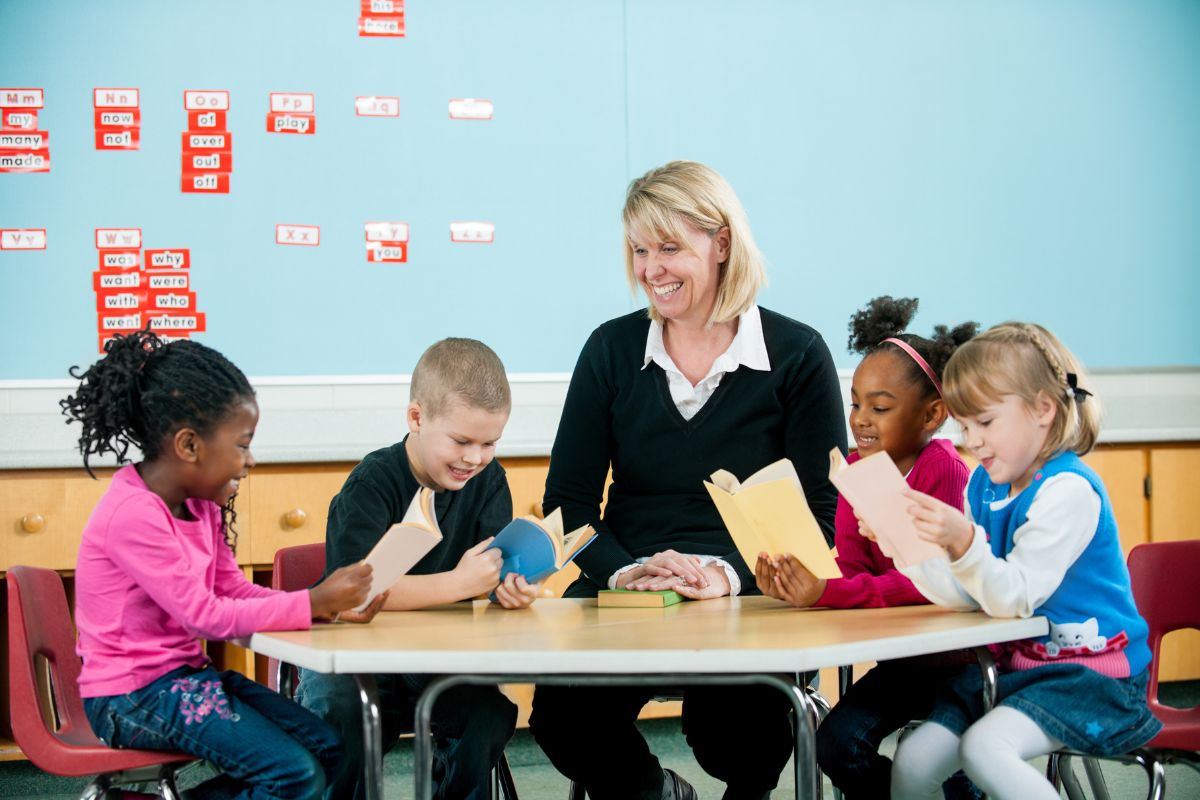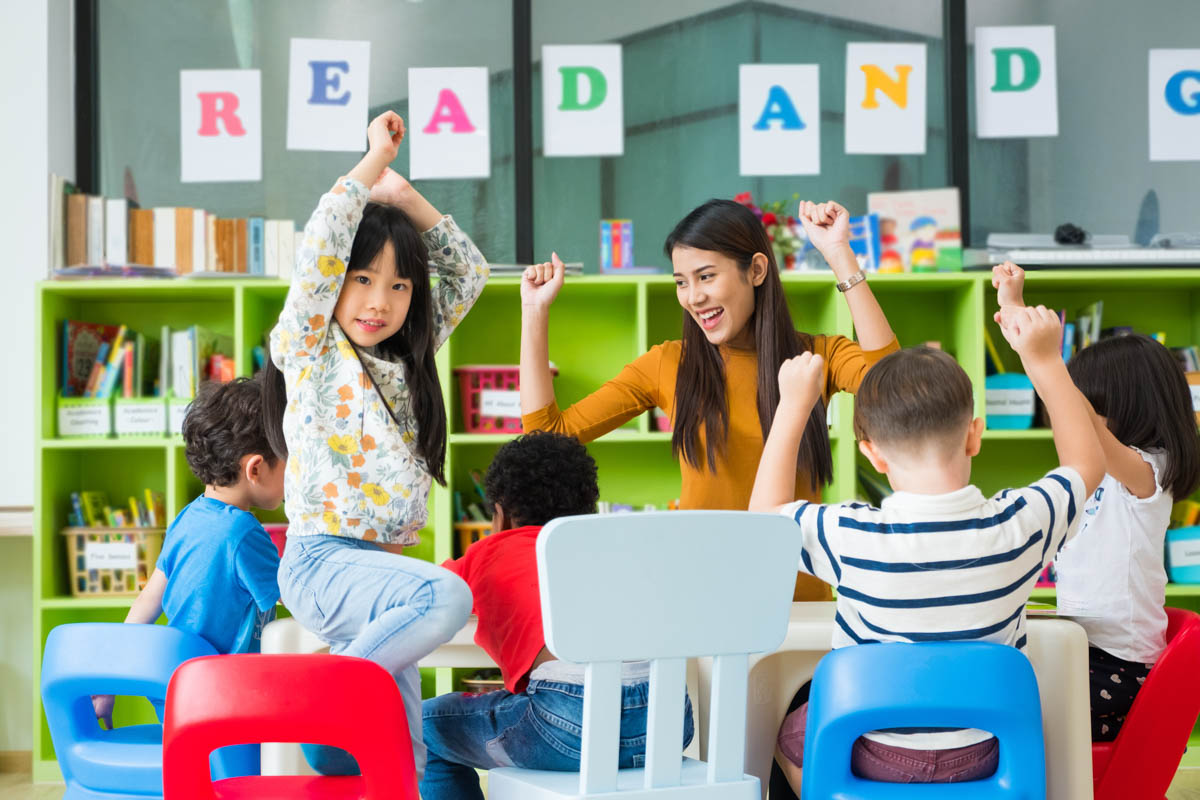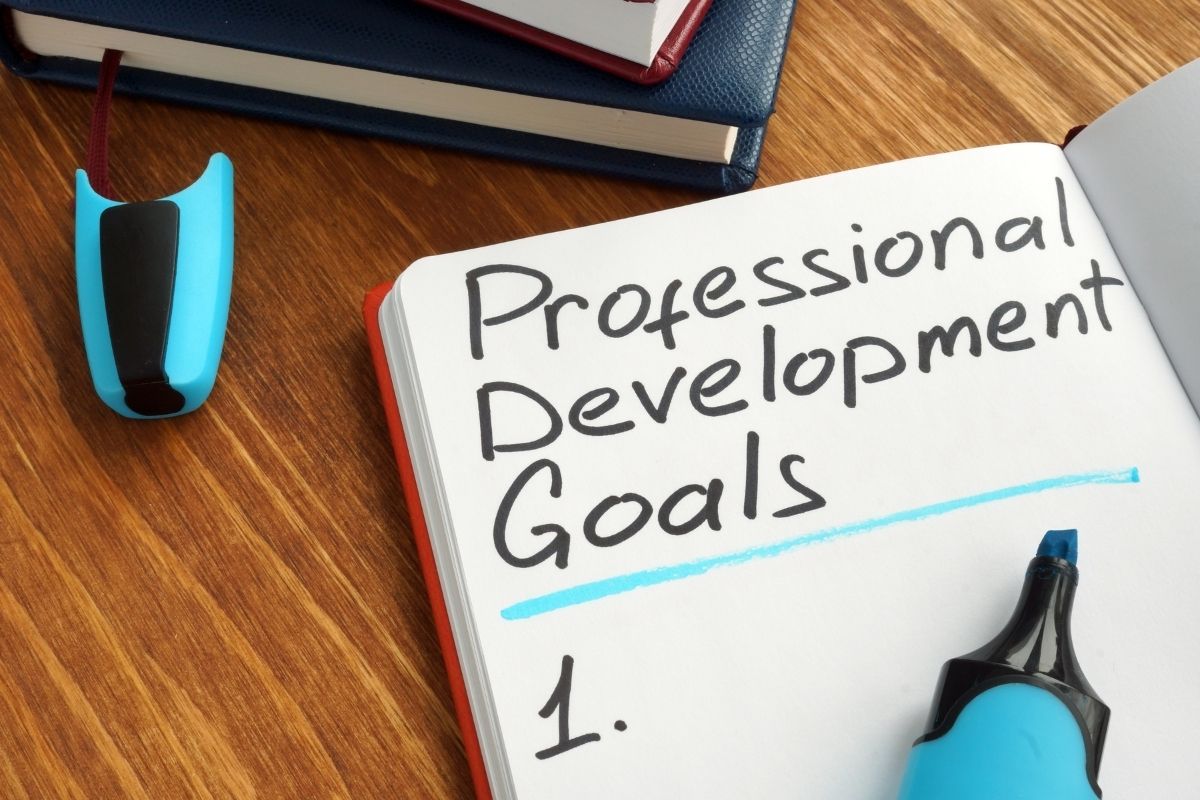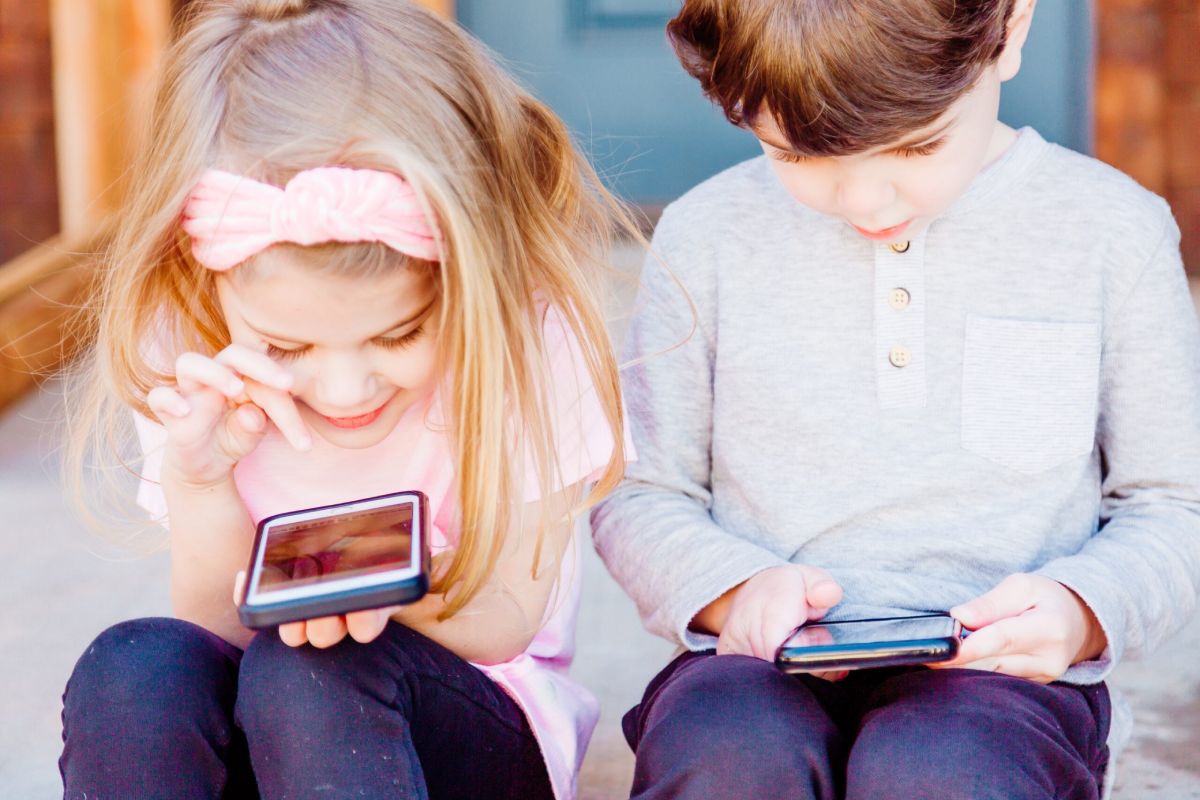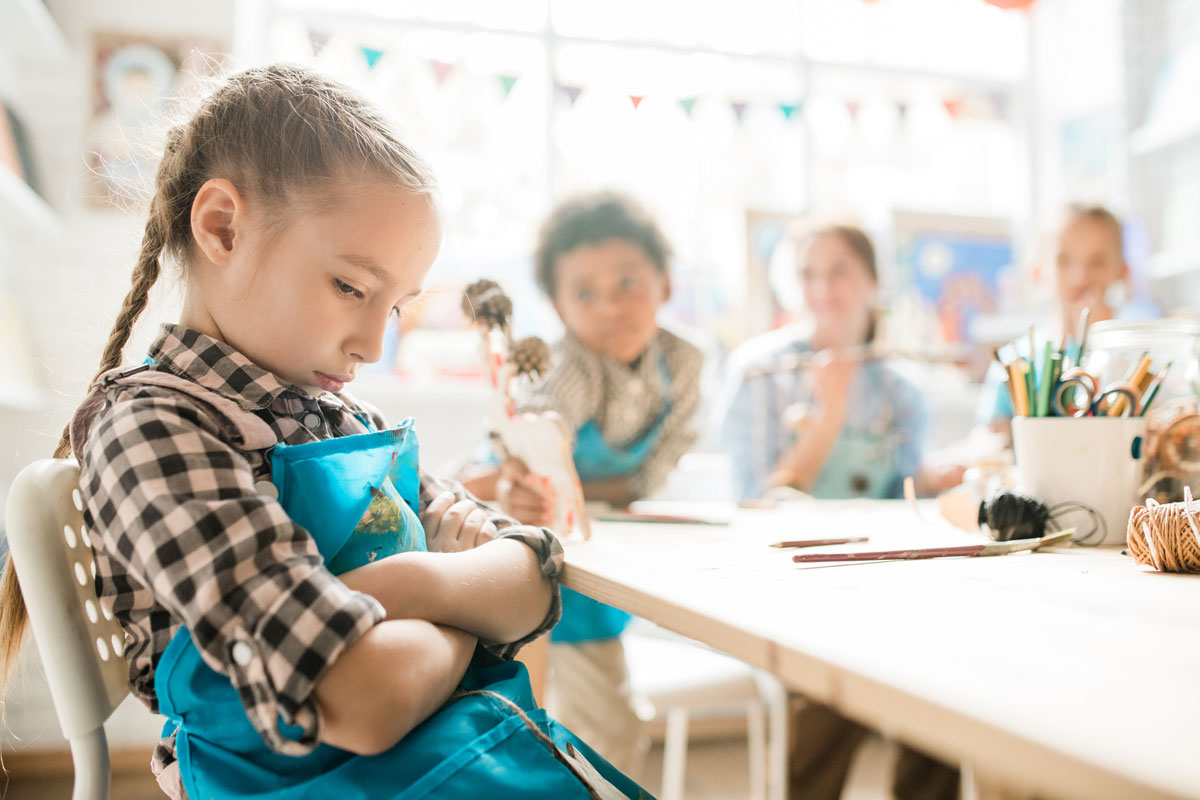Teach Kindness and Transform Your Classroom

Can you teach kindness?
Kindness is a character trait and a skill. The eminent Stanford psychologist Jamil Zaki devotes much of his career toward the benefits of teaching this skill and why it is necessary for our society.
How can educators create a climate of kindness in their classroom?
Start with a definition and then identify acts of kindness. An awareness that kindness has a variety of faces, from the small act to the large one is important. We see kindness in a student when they help someone in need. They are an upstander in a bullying situation where they defend the bullied. By choosing to not participate in bullying, they are showing an act of kindness. They defend others and they notice when others are in need.
Kindness is seen in positive, personal actions, choices, and behaviour.
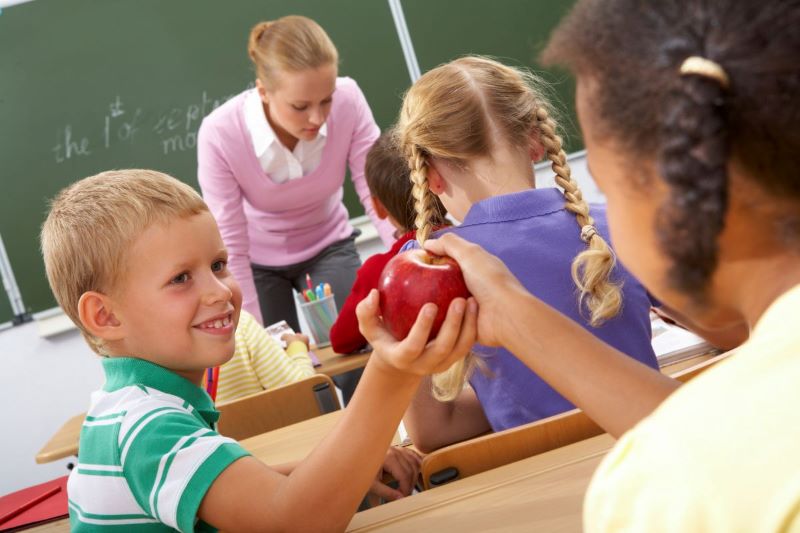
All these outward acts point toward a student developing a moral compass. What is a moral compass? It is seen in the student who is more likely to make good decisions. They understand right and wrong. Not only do they have the capacity to make good decisions, but they can foresee the consequences of their actions. There is less need for social approval, and they demonstrate an inner strength. They are connected to present-based emotions like contentment and positive relationships with others. As well, they have a connection to future -based emotions like optimism and confidence. They have hope and display resilience to life’s challenges demonstrating emotional strength.
Like every social-emotional learning skill, kindness is a lifelong journey of social development and discovery. We perfect and refine this character trait throughout our lives.
Where does the educator begin?
Assess the level of kindness in your classroom. Where do you see acts of kindness? You are looking for students that are at ease giving compliments, help others without prompting, and are kind with their words. Create a student checklist and keep track of random acts of kindness. Do this for a week or two and you should have a clear picture of what level of kindness exists in your classroom. It was my experience that classes shifted from year to year. Some years kindness was more prevalent and other years less so. But all students have the capacity to grow their kindness quotient.
Focusing on kindness gives it a level of importance in the class. Such a definitive spotlight has the potential to become contrived, but the overall effect is that your students will begin to see and respond to these acts of kindness.
For the educator, the next step is to craft lessons around kindness. With any grade, start by having everyone give their own definition of a kind person. This is an excellent opportunity to help them identify what to look for in relationships. Students need to know what kindness looks like in all areas-actions, choices, and behaviour. Often, we assume that children know what these emotional responses are but there is always more to learn.
For all grades, literature provides an integral opportunity to highlight kindness. Here, you find the examples but also the results of kindness.
Next Steps
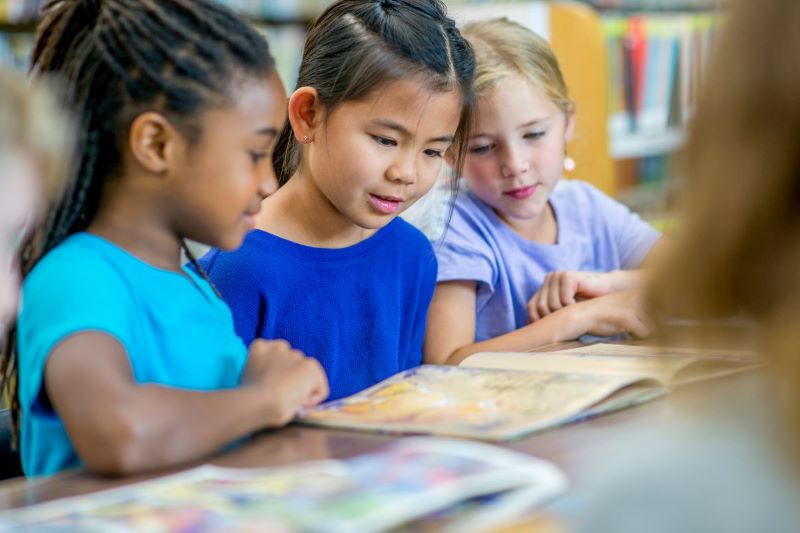
Form relationships in your school. Reading buddies were always an excellent way for my students to practice positive life skills. Younger students can buddy within the class and older students can buddy with younger classes. These buddies require a personal responsibility on the part of each student.
Do a bit of prep work before you begin.
Discuss the benefits of creating community within a school. Why is this important? This helps strengthen their connection to the activity and broadens their personal perspective beyond their own classroom.
How they engage their reading buddy and keep their attention is another discussion point. Connect this to what you do, as the educator in the classroom, to keep their attention. Point out the many ways you achieve this during an instructional day.
It is a reading time but also a listening time. Teach lessons on active listening. This skill has a broad application in life. Active listening elevates any relationship.
Being kind to themselves is important.
The longest relationship we have in life is with ourselves. Being kind to themselves is key to healthy self-esteem. Social media’s pervasive negative influence on a child’s life has made self -criticism much more prevalent and now begins at an early age.
Start with lessons on self-talk. At any stage of life negative self-talk, not surprisingly, has a negative effect. Promote positive self-talk. Draw attention to their inner conversations. Discuss ways to circumvent self-criticism. Students need to be aware of their feelings toward themselves.
This is a good place to discuss triggers. We all have triggers to various negative emotions and those triggers can overtake our capacity to control our emotions. In turn, this can affect our capacity for kindness. Help them to understand that negative emotions can be related to something that has happened in their past. To understand triggers is the first step toward managing those triggers.
These lessons help students manage their emotions and make them more available for acts of kindness.
Include lessons on gratitude and its importance in their lives.
The Benefits
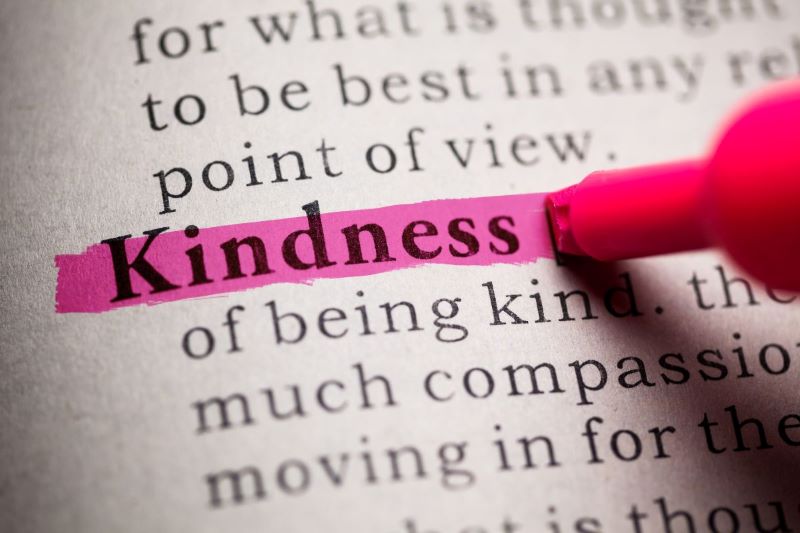
For the classroom, kindness is contagious. If you are happy to be there as the educator, there is a particularly good chance your students will respond in kind. By modelling and encouraging your students towards being kind, you are investing in their future. Happiness and kindness go together.
Disagreements will happen but focus on the problem and not the person using conflict resolution strategies.
Finally
There are many ways to teach kindness through modeling and lessons. Grow their kindness because optimal learning occurs in a positive classroom environment.
These are lessons that last a lifetime.
This article is available and can be accessed in Spanish here.



